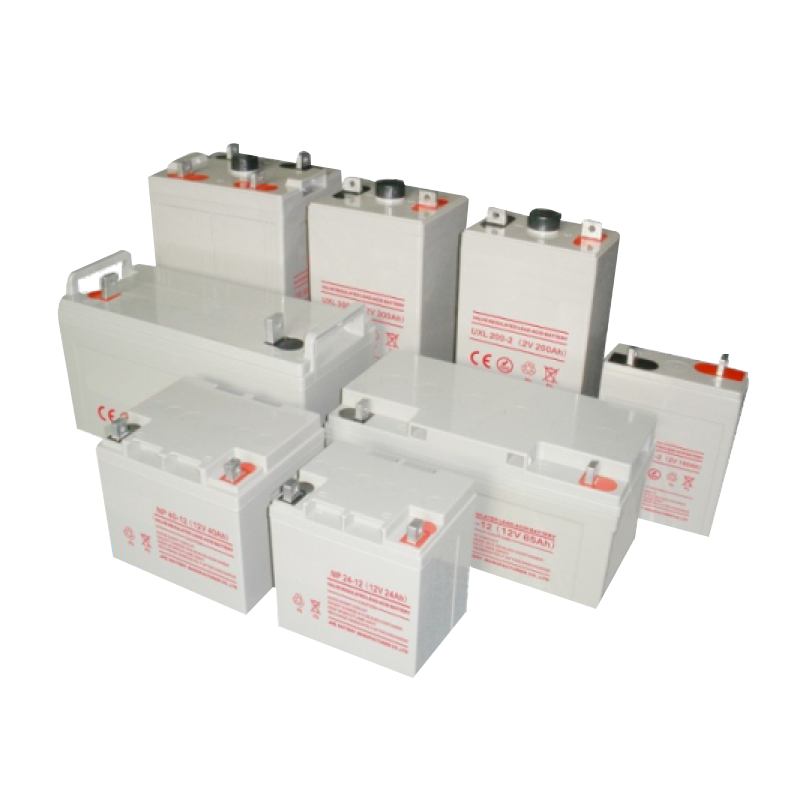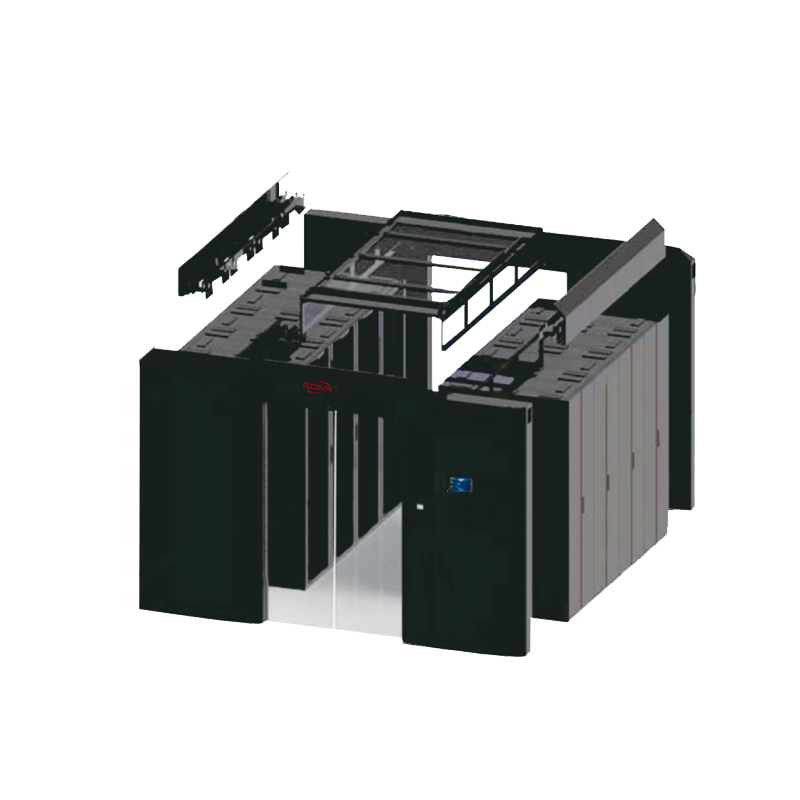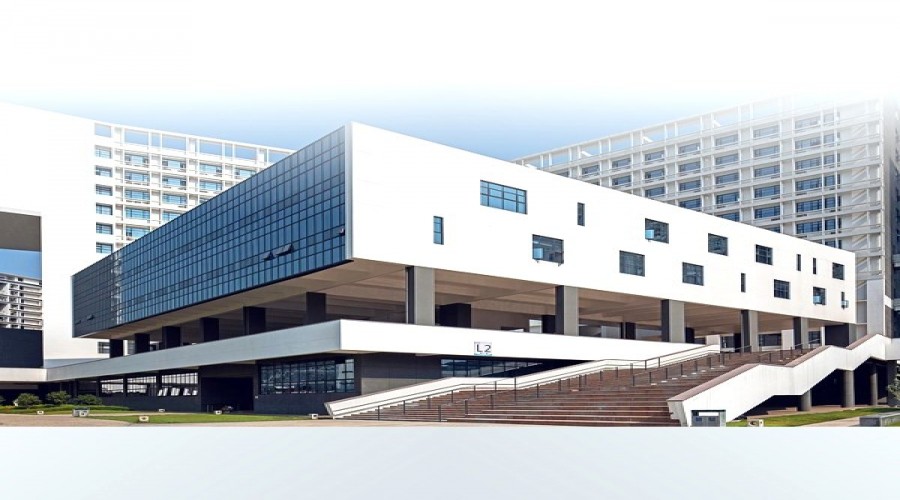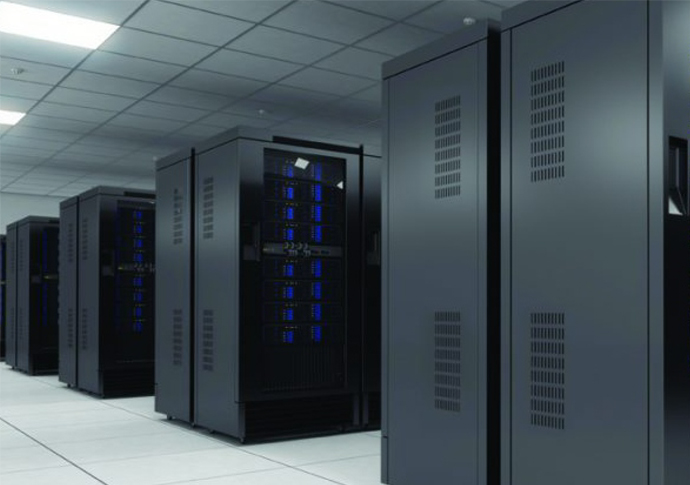 Language
LanguageAt present, transportation has become one of the most important industries in the national economy. The development of the transportation industry is closely related to the implementation of the overall strategy of national economic development and its supporting policies. High-speed rail construction is the focus of China's railway construction in the coming period of time, but the significance of high-speed rail construction is not only reflected in providing a convenient mode of transportation, for China's manufacturing industry, more importantly, it has pulled its structural upgrading and technological upgrading. Therefore, the information room, communication room, monitoring center and other important room in the transportation industry play an important role in information storage, traffic information coordination, site monitoring and other important roles, once the failure will bring information loss, traffic chaos and even major security accidents, to the people's lives and property have brought heavy losses.
Load characteristics of power systems in various transportation industries:
1. Civil aviation: Terminal information room, communication room: usually computer, server load according to the size of the airport presents a different scale, the total load capacity range from 20KVA ~ 200KVA radar station: For radar detection system and instrumentation and other equipment for power supply, 20 ~ 60KVA as the main capacity range of air traffic Control Bureau monitoring center: to provide uninterrupted power supply to the monitoring system, the total capacity is mainly large capacity
2. Highway: toll station: the load is mainly toll PC, signal indicating system, data transmission equipment, mainly small and medium-sized capacity, 3 ~ 15KVA tunnel: the load is emergency lighting, fire, ventilation system, capacity is 80 ~ 120KVA Highway Administration billing and monitoring center: The load is the data processing (server), monitoring and office automation equipment of the billing center, which provides information exchange services for the entire highway system and monitors the whole highway. The load capacity of the computer and server is large, and the capacity range is roughly 30KVA ~ 120KVA according to the scale of different highway bureos.
3. Water transportation: port billing system: power supply for the billing system, the capacity range is mainly small capacity Port bureau information and monitoring center: power supply for the monitoring system equipment, the capacity range is about 30KVA ~ 80KVA
4. Railway and metro light rail: communication system of station and control center: capacity is mainly small and medium capacity, about 10KVA ~ 60KVA signal system: power supply for signal system equipment, mainly small capacity, about 1 ~ 10KVA integrated monitoring system: For environmental control equipment, instrumentation equipment and other power supply, mainly large capacity, capacity range of about 30KVA ~ 200KVA above capacity for reference only, the specific capacity will vary according to the system scale, application site.
The shortcomings of the current UPS application status in the transportation industry are:
1. In the UPS power supply application in the transportation industry, the distributed single-machine power supply is mainly used, which brings potential system failures;
2. The single-unit capacity is small, which is basically based on single-unit single-out and three-entry single-out, and only a small number of three-entry and three-exit large-capacity UPS are applied in a few terminals, air traffic management Bureau and highway administration Bureau, and the reliability design of low-power UPS is low. Recommend the high reliability solution of N+X redundant parallel centralized power supply for customers:
1. Change the current situation of decentralized power supply and adopt centralized power supply scheme;
2. Due to the importance of the transportation industry, it is recommended to use medium and large important systems such as communication information room, billing system, integrated monitoring system and signal and radar detection system in the transportation industry, it is recommended to use the industrial UPS 1+1 parallel scheme with medium and stable power frequency TP series and NP three-input single-output series.
The advantages of centralized power supply and 1+1 parallel solutions are:
1. The economy of centralized power supply: it can be seen that the average price of UPS per KVA decreases with the increase of capacity, in other words, the same size AC system, the use of centralized power supply is often more economical than decentralized power supply.
2. High reliability of the centralized power supply: As the capacity of the UPS increases, the reliability of the large-capacity UPS is higher than that of the small-capacity UPS.
3. Centralized power supply makes power distribution planning more reasonable, reduces installation space, and facilitates maintenance and management.
4. The 1+1 parallel system provides a highly reliable power supply system for important load systems in the transportation industry. The reliability of the 1+1 parallel system is 5.5 times that of the single machine, and the reliability has been significantly improved.







































































